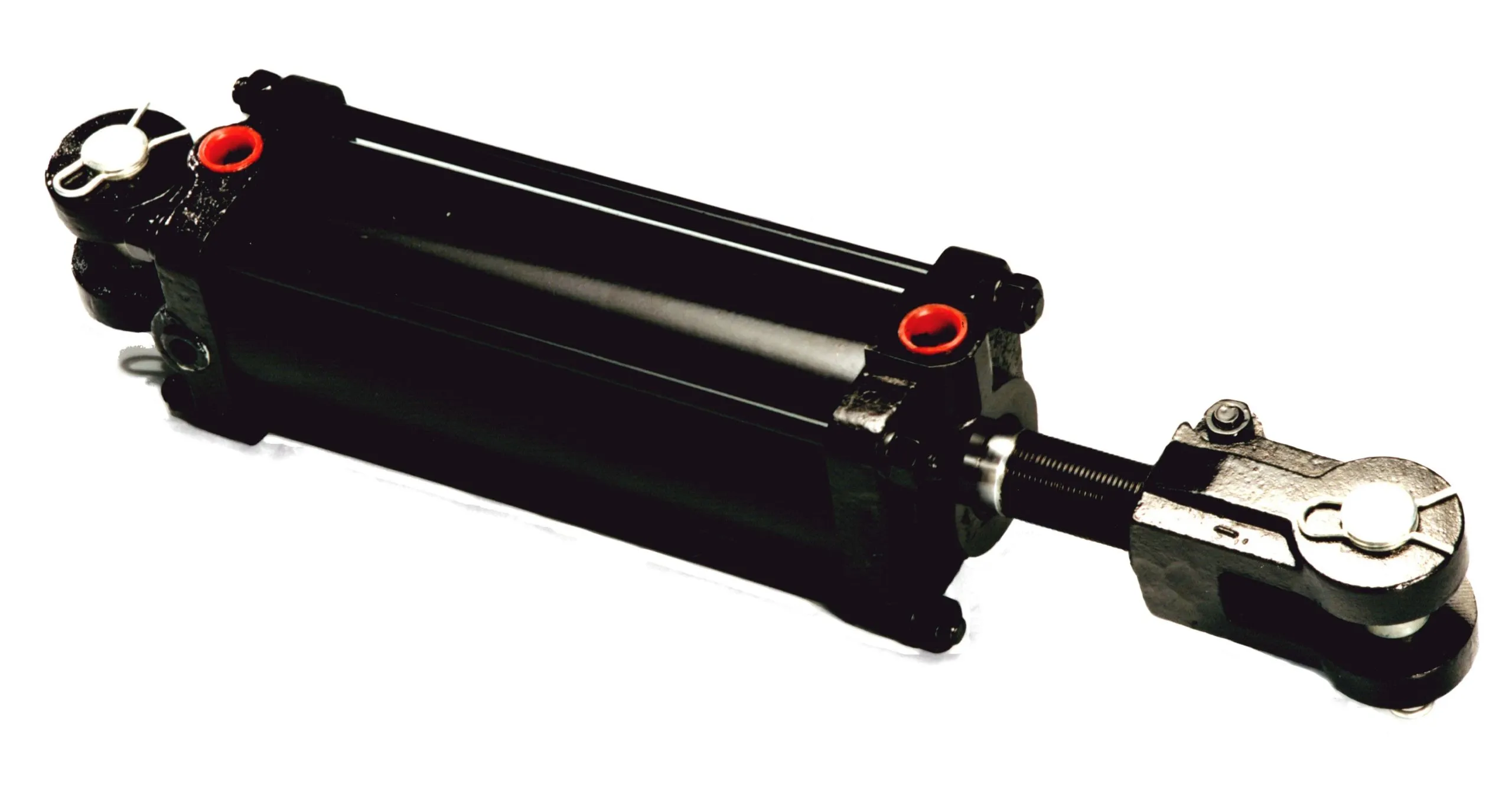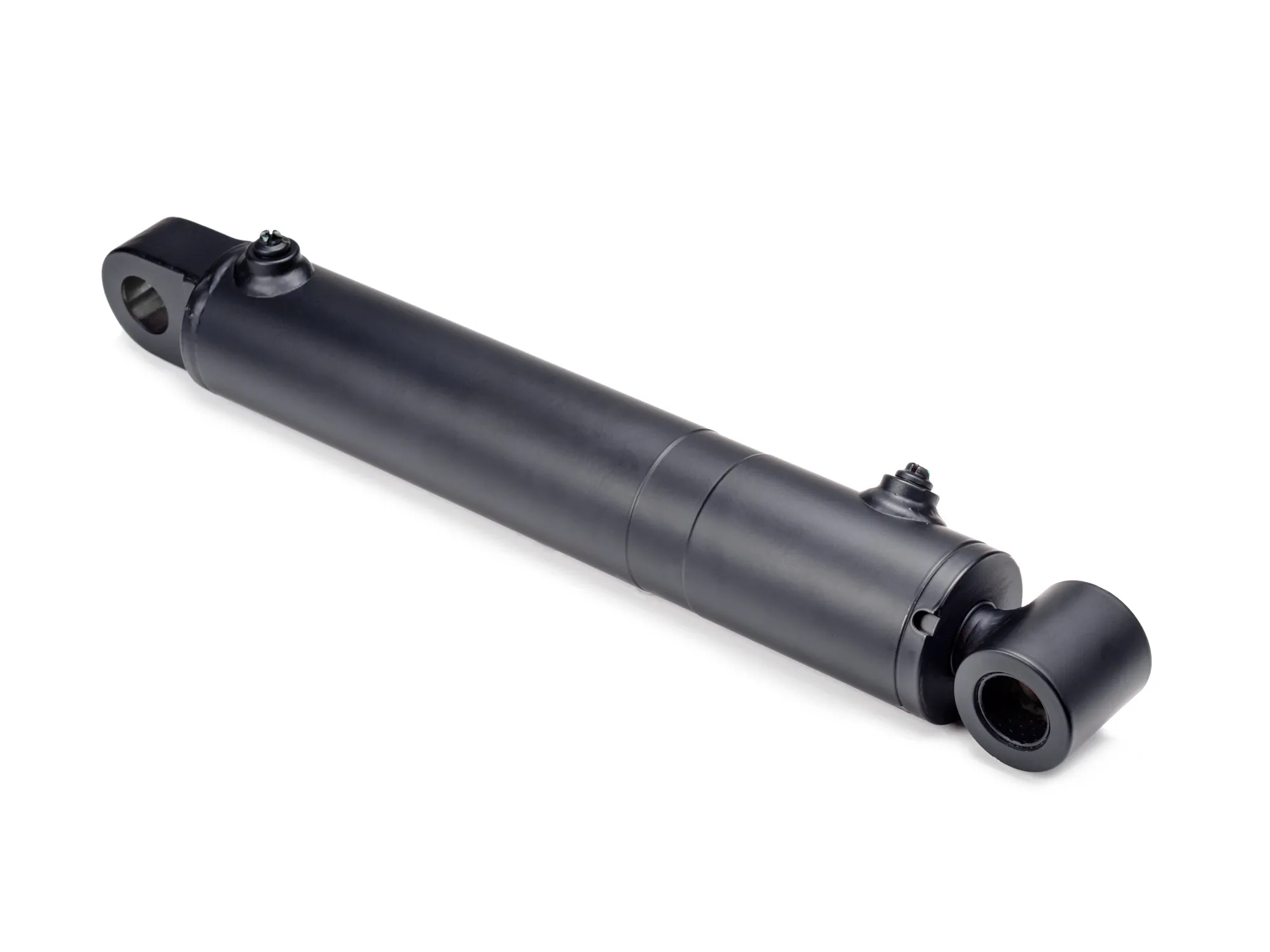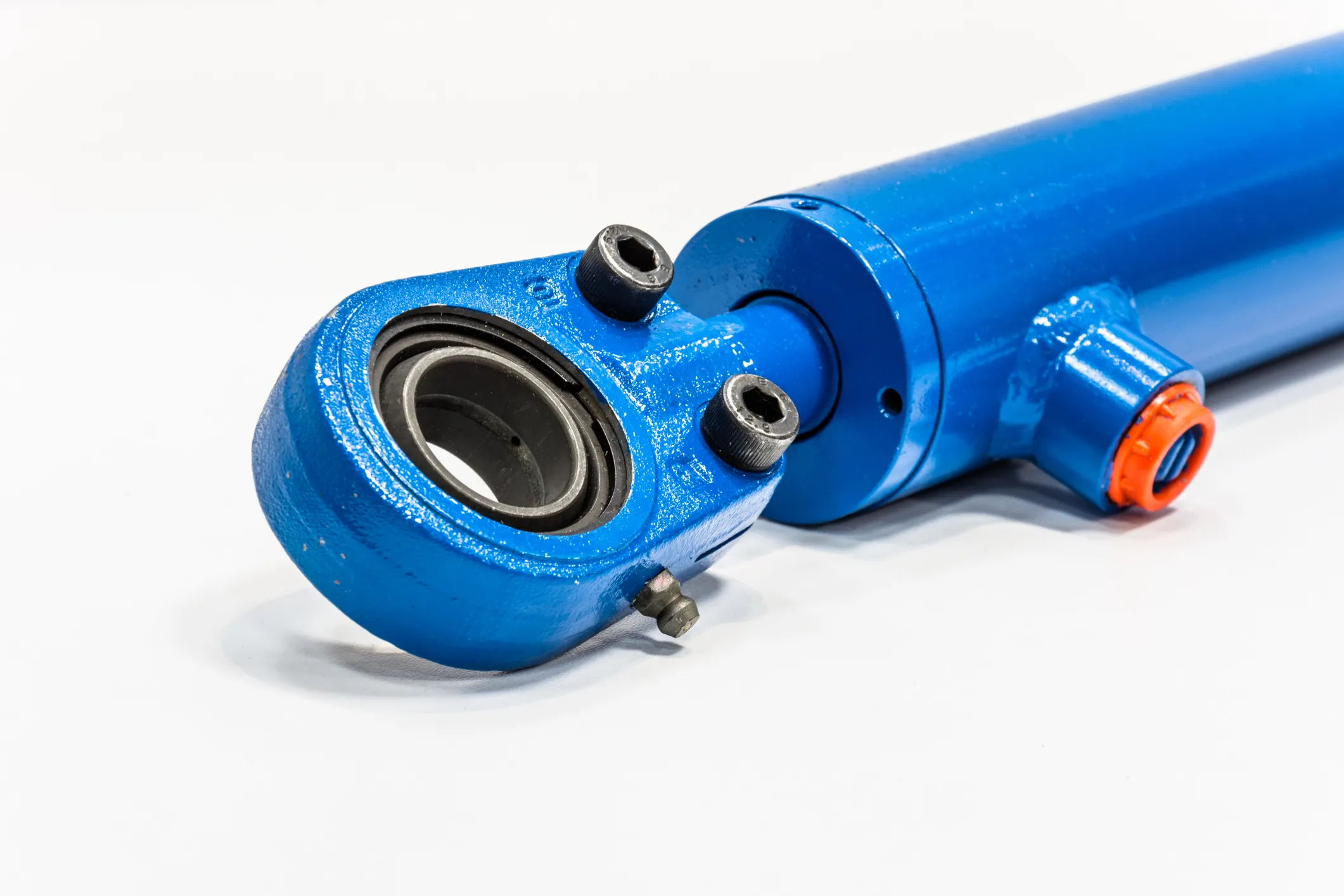The Ultimate Guide to Locking Single-Acting Hydraulic Cylinders
Introduction
Locking single-acting hydraulic cylinders are essential components in various industrial applications. These cylinders work under hydraulic pressure in one direction and have a locking function to prevent movement in the absence of pressure.
Design and Construction Characteristics
Locking mechanism – Safety:
- The main feature of the locking single-acting hydraulic cylinder is its locking mechanism, which keeps the piston in a safe position when hydraulic pressure is lost.
- This mechanism can be a mechanical lock or a hydraulic lock, providing an added layer of safety.
Variety:
- The design of the locking mechanism can be customized to suit specific applications, such as using spring-loaded locking devices or pin locks.
- Compact structure – Space optimization:
- Locking single-acting hydraulic cylinders are designed to be compact, making them ideal for use in space-limited environments.

Precision manufacturing – High-precision machining:
- Components are precision-machined to ensure good fit and sealing performance, reducing the risk of leakage.
- Strict quality control:
- Materials and processes undergo rigorous quality testing to ensure the reliability of each component.
Working Principle
The single-acting mechanism of a locking single-acting hydraulic cylinder operates by using hydraulic pressure to extend the cylinder and a locking mechanism to prevent retraction under load.
Locking mechanism:
- The locking function can be mechanical or hydraulic, ensuring that the load remains secure even if hydraulic pressure is lost.
Types and Configurations
There are three main types of locking single-acting hydraulic cylinders, each with unique configurations tailored to specific applications.
Type 1: Spring-loaded Locking Mechanism
This type features a spring-loaded locking device that securely holds the piston in place.
Type 2: Pin Lock
A pin lock mechanism is used to prevent the piston from retracting under load, ensuring safety and stability.
Type 3: Hydraulic Lock
This type maintains pressure in a specific chamber to keep the piston in position, offering a reliable locking solution.
Benefits
Enhanced security:
- Locking mechanisms greatly reduce the risk of accidental retractions, enhancing operator safety.
Reliability:
- Locking single-acting hydraulic cylinders are designed to operate effectively under high loads, ensuring consistent performance.
Simplicity:
- Easy to operate and maintain, making them a user-friendly choice for various applications.


Applications
Locking single-acting hydraulic cylinders are commonly used in a variety of industries, including construction equipment, manufacturing, transportation, and aviation.
Construction Equipment
These cylinders are used in cranes, hoists, and lifts to securely fix heavy objects in place.
Manufacturing
Presses use locking single-acting cylinders to form materials under high pressure and maintain stability during processing.
Transportation
Stabilizers and jacks in vehicles rely on these cylinders to ensure safety during maintenance and transportation.
Design Considerations
When selecting a locking single-acting hydraulic cylinder, consider factors such as bearing capacity, sealing, durability, safety, and maintainability to ensure optimal performance.
Sealing and Lubrication
Proper sealing and lubrication are essential for the optimal performance of locking single-acting hydraulic cylinders. Various seals and wear-resistant materials are used to prevent leakage and ensure longevity.
Maintenance
Regular inspection and preventive maintenance measures are crucial to prolonging the lifespan of locking single-acting hydraulic cylinders. Follow recommended maintenance schedules to prevent breakdowns and ensure smooth operation.
Installation
Proper installation of locking single-acting hydraulic cylinders is key to their performance and longevity. Ensure correct alignment and use appropriate mounting brackets to secure the cylinders in place.
Common Maintenance Tasks
Regular inspection, proper lubrication, seal replacement, and calibration checks are essential maintenance tasks to keep locking single-acting hydraulic cylinders in optimal condition.
Safety Considerations
Adhere to safety measures when using locking single-acting hydraulic cylinders to prevent accidents and ensure the well-being of operators and equipment.
Unit Power
The unit power of a locking single-acting hydraulic cylinder is influenced by factors such as cylinder diameter, stroke, operating pressure, piston speed, and load conditions.
Optimizing Power Unit

Optimizing the power unit of locking single-acting hydraulic cylinders can improve efficiency, reduce energy consumption, and enhance reliability, leading to increased productivity and cost savings.
FAQs
1. How does the locking mechanism in a single-acting hydraulic cylinder work?
2. What are the main components of a locking single-acting hydraulic cylinder?
3. What advantages do locking single-acting hydraulic cylinders offer over standard single-acting cylinders?
Long-Tail Keywords
1. Adjustable Pressure Relief Locking Cylinder
2. High-Security Single-Acting Hydraulic Cylinder
3. Precision Engineered Locking Hydraulic Cylinder
Our Company
We are a leading hydraulic cylinder manufacturer specializing in locking single-acting hydraulic cylinders with adjustable pressure relief. Our products are designed for reliability, safety, and performance, meeting the diverse needs of our customers.
